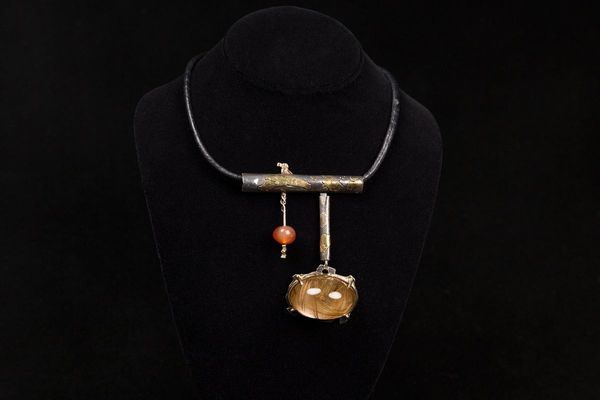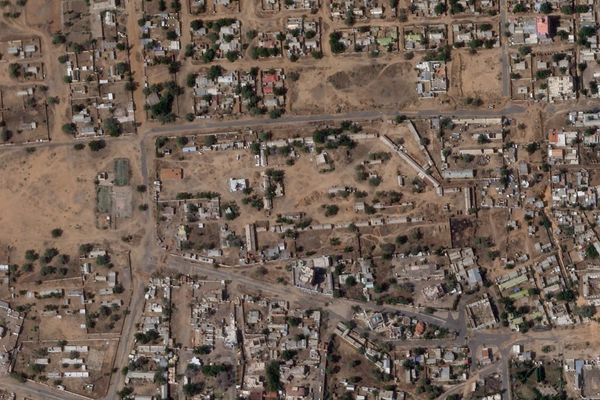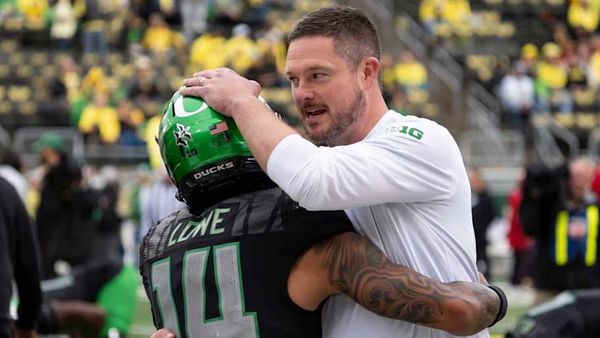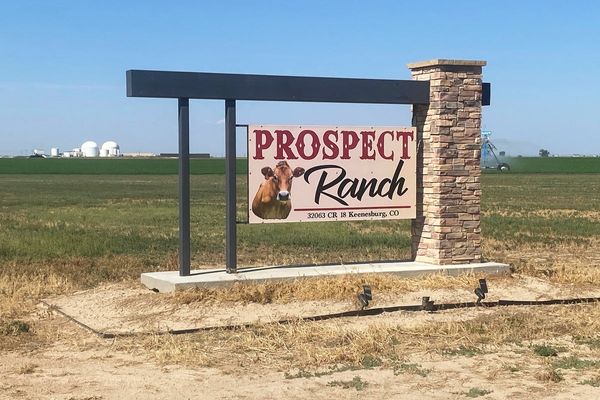Non-fault accidents can be stressful, but effective documentation at the scene can significantly impact the outcome of your claim. In this guide, we'll explore the importance of documenting non-fault accidents thoroughly and provide practical tips to help you navigate the process with confidence. Whether it's gathering essential information, utilising smartphone technology, or recording witness statements, the steps you take at the scene can make all the difference when dealing with insurance claims.
Immediate Steps After an Accident
In the immediate aftermath of a non-fault accident, prioritising safety is paramount. Ensure everyone involved is safe, check for injuries, and call emergency services if needed. Once safety is established, it's time to gather crucial information. This can be used for a claim. Check out https://www.rtaclaims.co.uk/non-fault-accident if you’re looking for a claims management to help you through this process.
Gathering Essential Information
Exchange contact information with the other party involved in the accident. Collect details such as names, phone numbers, and insurance information. Don't forget to note the make, model, and license plate of all vehicles. The more comprehensive your information gathering, the smoother the claims process is likely to be.
Utilising Smartphone Technology for Documentation
In the age of smartphones, your device can be a powerful tool for documenting the scene. Take clear photos and videos of the vehicles involved, capturing the damage from different angles. This visual evidence can be invaluable when presenting your case to the insurance company.
Capturing the Surroundings
Extend your documentation beyond the vehicles. Capture the overall environment by taking photos of the road conditions, traffic signals, and any relevant signage. These details can provide context and support your account of the incident.
Recording Witness Statements
If there are witnesses to the accident, approach them politely and ask for their account of the events. Collect their contact information for potential follow-up. Witness statements can offer independent perspectives that strengthen your case.
Noting Police Involvement
In more severe accidents or situations where fault is unclear, involving the police is crucial. Police reports serve as official documentation and can provide an objective account of the incident. Ensure you obtain a copy of the report for your records.
Keeping a Personal Record
In addition to official documentation, maintain your personal record of the incident. Write down a detailed account of what happened, including your emotions and any conversations with the other parties involved. This personal record can serve as a helpful reference during the claims process.
Timely Reporting to Insurance
Report the accident to your insurance company as soon as possible. Timely reporting allows for a quicker resolution of your claim. Provide all the documentation you've gathered, including photos, videos, and witness statements. This proactive approach can positively impact the efficiency of the claims process.
At-Fault Driver Refuses to Give Their Details – What Should You Do?
People will react differently after a car accident. In particular, those at fault for the crash might be angry and defensive. They know they’ve done wrong and now don’t want to pay the price. When you ask them for their details, such as their name and insurance, they might refuse to give them to you. They believe not doing this will mean they can’t be punished.
First of all, know that it’s scary when this happens. You can feel intimidated and not know what to do next. The most important thing is that you stay calm in this situation. You don’t have to get confrontational. Sometimes, that person just needs a minute to think, and they may change their mind.
However, if you’re in a position where they won’t give you their details, know that this doesn’t always mean you can’t make a claim. Experts can make efforts to find them later on if you’re able to gather a few details. For example, this is possible if you have their registration number.
Therefore, even if the driver is being difficult, try to note down their registration number or ensure its visible on your smartphone or dash cam. This can be used at a later date when you’re making a claim. It’s also beneficial to remember the type of car they have, including the make and model. Even things like the colour allow detail to be cross-referenced.
Know that you should also inform the police about the car accident. You can tell them about how the other driver wouldn’t give you their details and if they’ve driven off from the scene. This is something that will be taken seriously, and there will be consequences for the driver. You should report this as soon as possible.
Conclusion
Documenting a non-fault accident at the scene is a crucial step toward a successful insurance claim. From gathering information to utilising smartphone technology and involving witnesses, each action contributes to building a strong case. Remember, the more thorough and organised your documentation, the better positioned you are to navigate the aftermath of a non-fault accident with confidence.







